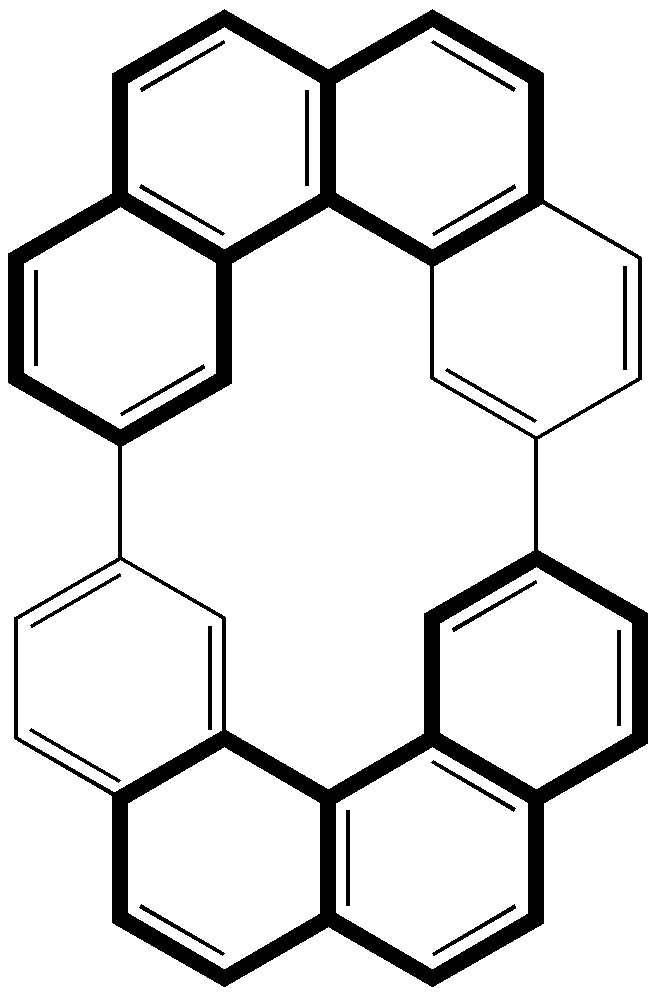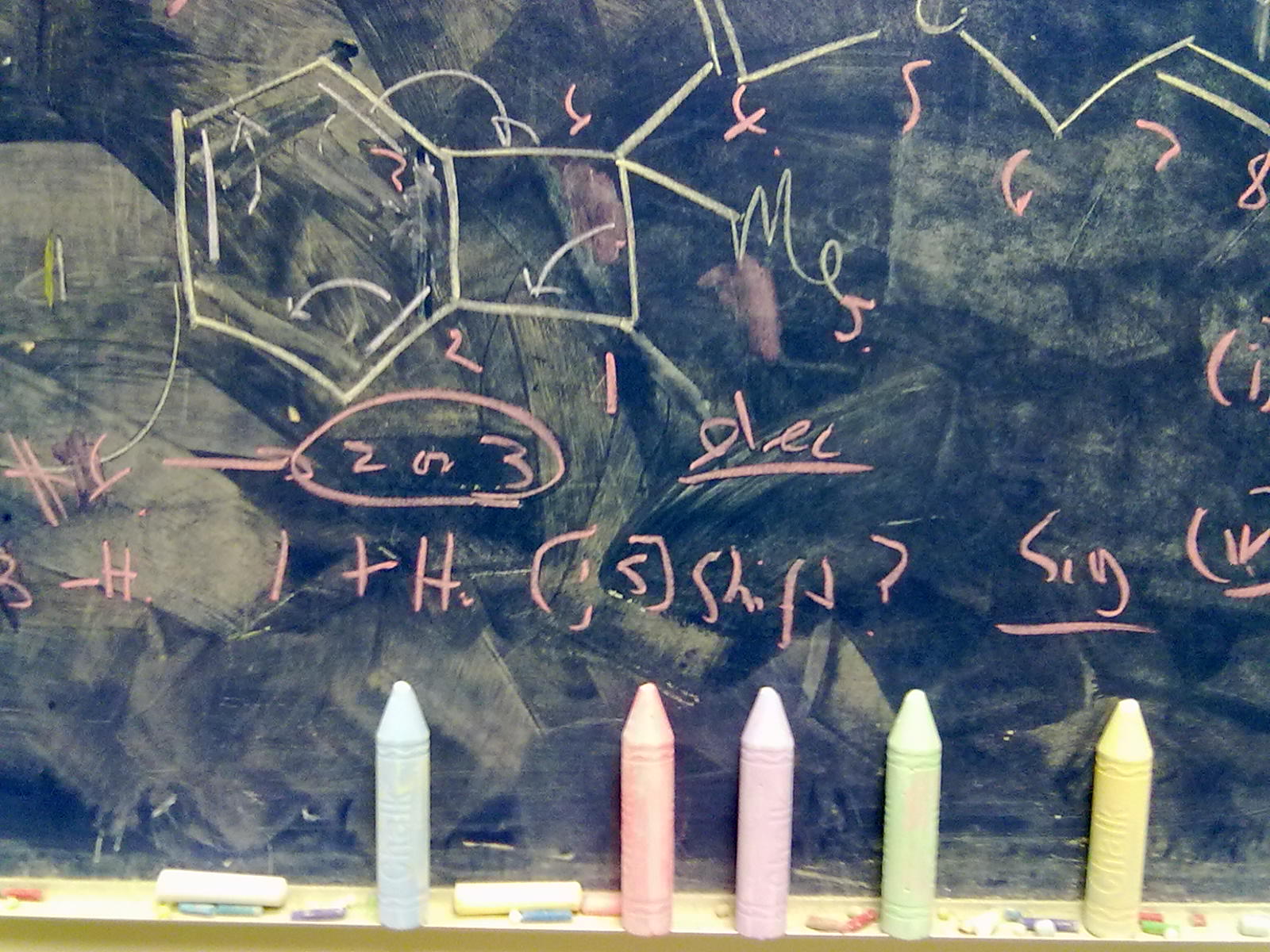A scalemic molecule is the term used by Eliel to describe any non-racemic chiral compound.
Postagens de Rogue Scholar

It is not often that an article on the topic of illusion and deception makes it into a chemical journal.

In 1923, Coster and von Hevesy[cite]10.1038/111079a0[/cite] claimed discovery of the element Hafnium , atomic number 72 (latin Hafnia, meaning Copenhagen, where the authors worked) on the basis of six lines in its X-ray spectrum. The debate had long raged as to whether (undiscovered) element 72 belonged to the rare-earth group 3 of the periodic table below yttrium, or whether it should be placed

Libraries (and librarians) are evolving rapidly. Thus a week or so ago one of our dynamic librarians here, approached some PhD students and academics to ask them how they used “ Web 2.0 ” (thanks Jenny!). The result was edited (thanks John!) and uploaded, where you can see it below (embedded in this post, I might add, using HTML5). No doubt there is more of this genre to come.
At a recent conference, I talked about what books might look like in the near future, with the focus on mobile devices such as the iPad. I ended by asserting that it is a very exciting time to be an aspiring book author, with one’s hands on (what matters), the content . Ways of expressing that content are currently undergoing an explosion of new metaphors, and we might even expect some of them to succeed!
I am at the ACS meeting, attending a session on chemistry and the Internet. This post was inspired by Chemicalize, a service offered by ChemAxon, which scans a post like this one, and identifies molecules named. I had previously used generic post taggers, which frankly did not work well in identifying chemical content. So this is by way of an experiment.
If you get a small rotatable molecule below, then ChemDoodle/HTML5/WebGL is working. Why might this be important? Well, the future is mobile, in other words, devices that rely on batteries or other sources of built-in power. This means the power guzzling GPU cards of the past (some reach ~400 Watts!) cannot be used.

If you visit this blog you will see a scientific discourse in action.
Moving (chemical) data around in a manner which allows its (automated) use in whichever context it finds itself must be a holy grail for all scientists and chemists.
For those of us who were around in 1985, an important chemical IT innovation occurred. We could acquire a computer which could be used to draw chemical structures in one application, and via a mysterious and mostly invisible entity called the clipboard , paste it into a word processor (it was called a Macintosh). Perchance even print the result on a laserprinter.